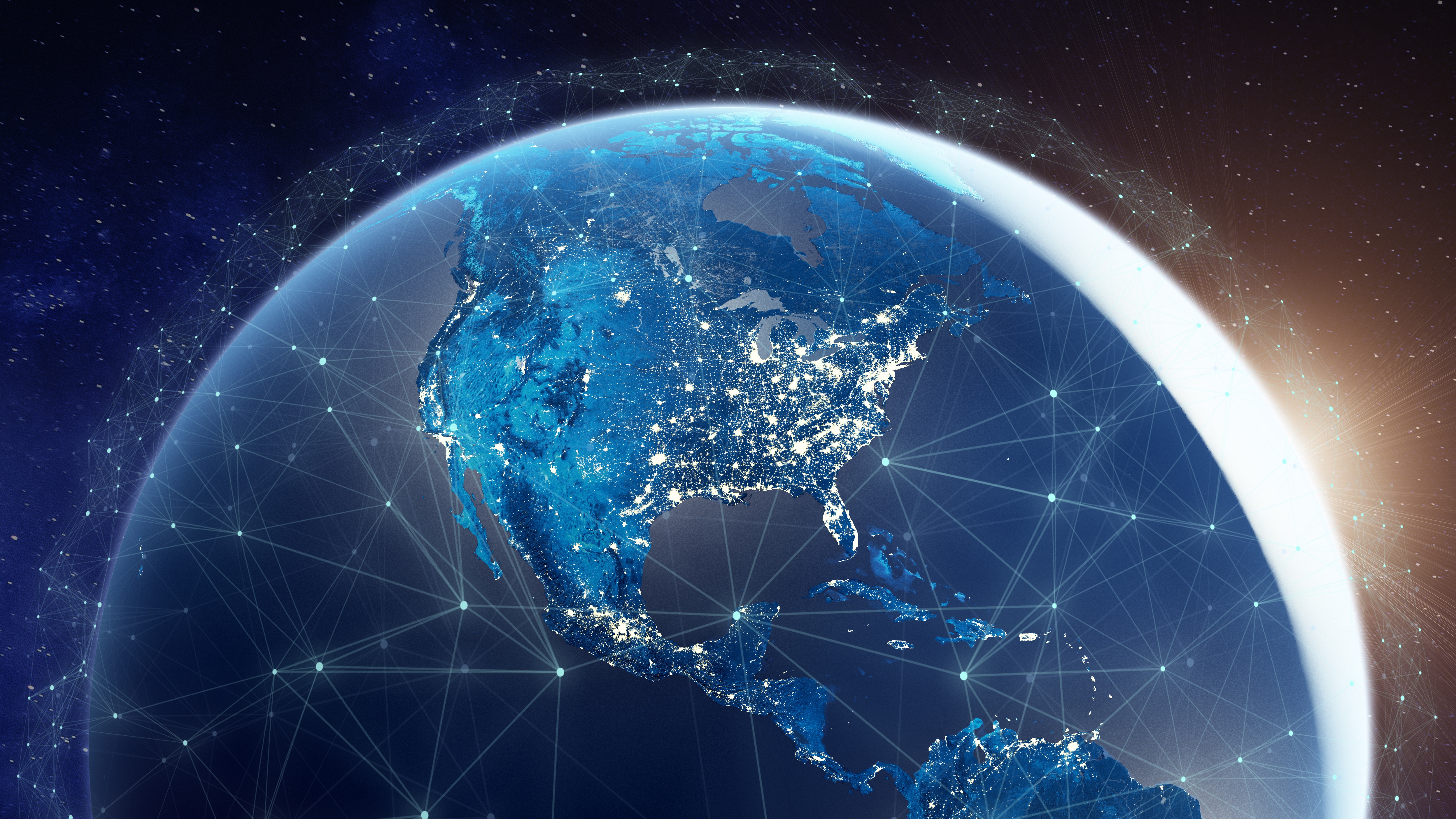Scientists are devising ways to gaze past Earth's radio haze

Earth's atmosphere is filled with an intensifying blizzard of radio waves — media broadcasts, mobile phone signals, radar pings, you name it. It's a torrent that's critical for sustaining our world’s civilization — but unfortunately, it's also an impediment for ground-based radio telescopes.
Astronomers who want to catch radio signals from much farther away in the cosmos must see through the ever-noiser haze.
Some scientists and engineers have a plan to fight back against the noise. With the help of a $510,000 grant from the U.S. National Science Foundation, this group of researchers from West Virginia University hope to hone radio telescopes' abilities to detect and filter out noise that does not come from space. The researchers plan to offer their creations for free to the astronomy community.
Related: Electronics on world's largest radio telescope are more radio-quiet than a smartphone on the moon
The plan has three parts. First, the researchers will create new techniques and algorithms that can detect and classify radio signals for astronomers to filter out. Second, they'll try out those algorithms on new and improved radio telescope hardware. Finally, they'll develop new metrics to measure how well radio telescopes can see through the interference.
The researchers say that any algorithms, software and methods that result from the project will be openly available for other astronomers to use however they see fit. Radio astronomers in particular need any extra telescope sensitivity they can get. To really answer some of the field's most pressing questions — like what causes fast radio bursts — scientists need to be able to detect extremely weak signals coming from extremely distant regions and filter out any and all noise that may cut in.
"The success of this work will be measured not only by our development of the proposed algorithms, but by their adoption, successful use and expansion by the broader international astronomical community," Kevin Bandura, a professor of engineering at West Virginia University and one of the project’s leaders, said in a statement.
Breaking space news, the latest updates on rocket launches, skywatching events and more!
However, radio interference is not the only human-made concern that threatens to disrupt astronomers' studies. Satellites in Earth orbit already create both light and radio waves that taint telescopic pictures of the cosmos. And some astronomers worry that human-driven climate change, making the atmosphere hotter and wetter, will hamper telescopes that operate best in dry conditions as well.

Rahul Rao is a graduate of New York University's SHERP and a freelance science writer, regularly covering physics, space, and infrastructure. His work has appeared in Gizmodo, Popular Science, Inverse, IEEE Spectrum, and Continuum. He enjoys riding trains for fun, and he has seen every surviving episode of Doctor Who. He holds a masters degree in science writing from New York University's Science, Health and Environmental Reporting Program (SHERP) and earned a bachelors degree from Vanderbilt University, where he studied English and physics.
